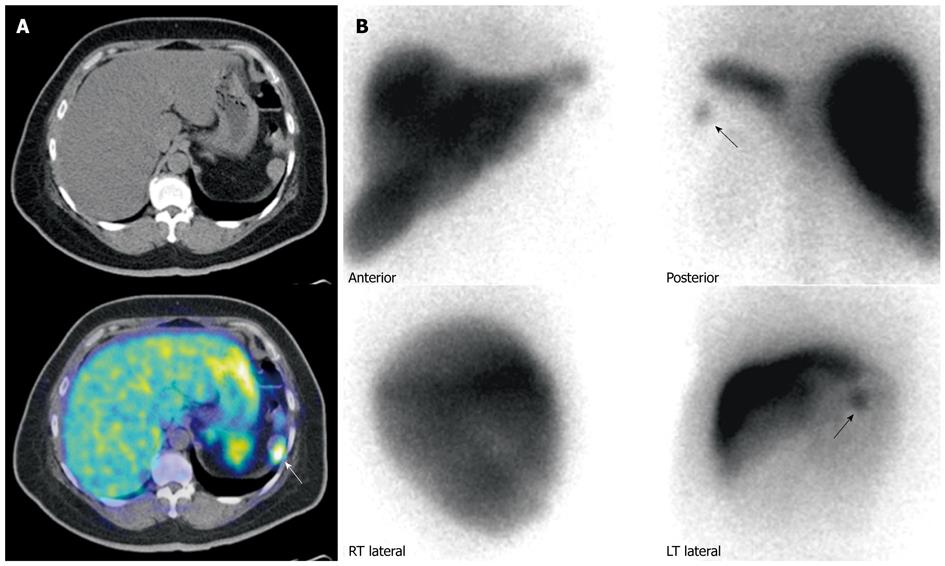

We report here on a high-yield automated method of producing GaCl 3 from solid targets and subsequent labelling to form Ga-PSMA-HBED-CC (Ga-PSMA-11) and Ga-DOTATATE. Solid targets are more reliable and provide much higher yields, but until recently commercial systems capable of transporting solid targets by remote operation were limited and were not compatible with many self-shielded medical cyclotrons currently installed. Liquid targets, using acidic solutions containing zinc-68 salts, are suitable for a small number of patient doses, but this method also carries the inherent risk of cyclotron damage upon target failure. With diagnostic and therapeutic breakthroughs, particularly those in prostate cancer and neuroendocrine tumour imaging, the demand for gallium-68 is rapidly outpacing the supply available from Ge/Ga-generators.ĭirect cyclotron production of gallium-68 using the 68Zn(p,n) 68Ga transformation on small medical cyclotrons provides access to clinically relevant quantities of the gallium-68 isotope. Since then, generators remained as a reliable method for supplying this PET radionuclide for the development of novel radiotracers and imaging techniques. In the 1960s, the first Ge/Ga-generators emerged and formed the early basis for modern, solid phase based generators of medical-grade gallium-68 (t ½: 68 min) (Gleason 1960 Greene and Tucker 1961 Yano and Anger 1964). The quality control results obtained for both GaCl 3 for radiolabelling and Ga-PSMA-11 are promising for clinical use. The process was highly automated from irradiation through to formulation of the product, and as such comprised a high level of radiation protection.

The reported method led to record-high purified gallium-68 activities (194 GBq at end of purification) and subsequent labelling of PSMA-11 and DOTATATE. We have developed a high-yielding, automated method for the production of very high amounts of GaCl 3, sufficient to supply proximal radiopharmacies.
#Netspot gallium 68 dotatate manual
Further, manual radiolabelling of up to 3.2 GBq DOTATATE was performed in high yields (> 95%) and with apparent molar activities (9–25 MBq/nmol) sufficient for clinical use. Fully automated production of up to 72.2 GBq Ga-PSMA-11 was performed, providing a product with high radiochemical purity (> 98.2%) and very high apparent molar activities of up to 722 MBq/nmol. In every instance, the radiochemical purity exceeded 99.9% and importantly, the radionuclidic purity was sufficient to allow for a shelf-life of up to 7 h based on this metric alone. monograph for accelerator produced GaCl 3 and found to comply with all specifications.

Isolated product was analysed according to the Ph. A fully automated dissolution/separation process was completed in 35 min. ResultsĮnriched zinc-68 targets were irradiated at up to 80 ♚ with 13 MeV protons for 120 min repeatedly producing up to 194 GBq (5.24 Ci) of purified gallium-68 in the form of GaCl 3 at the end of purification (EOP) from an expected > 370 GBq (> 10 Ci) at end of bombardment. In this study, we demonstrate a high-yield, automated method for producing multi-Curie levels of GaCl 3 from solid zinc-68 targets and subsequent labelling to produce clinical-grade Ga-PSMA-11 and Ga-DOTATATE. With increasing clinical demand for gallium-68, commercial germanium-68/gallium-68 (Ge/Ga) generators are incapable of supplying sufficient amounts of the short-lived daughter isotope.


 0 kommentar(er)
0 kommentar(er)
